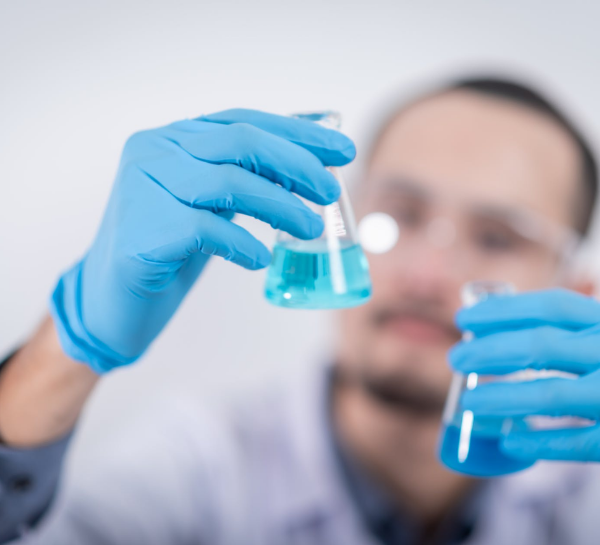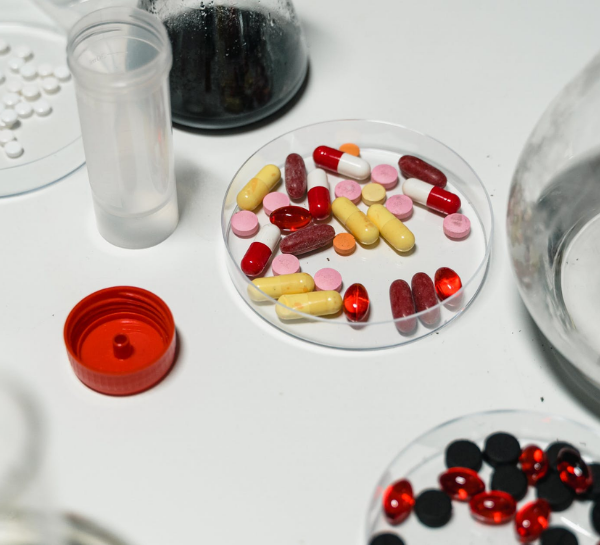Are you confused about what are the best supplements for Peyronie’s Disease? This article gathers the nine best supplements for Peyronie’s disease
Today, men with a curved penis understand the importance of supplementing their regimen while utilizing a piece of penile traction equipment to treat Peyronie’s disease. On the other hand, men are aware that eating alone does not provide them with all their required vitamins. Because of this, supplements for Peyronie’s condition exist, and these supplements are listed below.
What is Peyronie’s disease
In Peyronie’s disease, plaque, which is a type of scar tissue, builds up under the coat of the penis, the male organ used for urination and sex. The tunica albuginea, an elastic, thick membrane surrounding the penis, becomes inflamed with plaque. During an erection, the tunica albuginea aids in maintaining penile rigidity. Every part of the penis might be affected by the plaque.
When in an erection, the plaque pushes on the surrounding structures, causing the penis to curve. This causes sexual encounters to be more difficult, unpleasant, or unattainable.
🔔 Peyronie’s disease is likely caused by minor injury to the penis. This type of damage is most often caused by vigorous sex (such as bending the penis during penetration or pressure from a partner’s pubic bone), though it can also be caused by sports or other accidents.
What happens if Peyronie’s disease is left untreated

Penile curvature and, in certain circumstances, discomfort can be symptoms of Peyronie’s disease, an aggressive disorder of the penis that it can acquire. Men between 45 and 60 are most commonly affected; however, cases have also been observed from 18 to 80.
Focal bend and discomfort may arise if Peyronie’s disease is left untreated, leading to the fibrotic, nonexpansile thickness of relatively independent portions of the corpora tunica. In many cases, there’s no need for therapy.
🔔 If left untreated, Peyronie’s disease may cause fibrotic, nonexpansile thickening of relatively discrete areas of the corpora tunica, typically resulting in focal bend, pain or other functional or structural abnormalities of the erect penis. Many cases resolve without treatment.
Peyronie’s Disease: Current Management
Is Peyronie’s disease serious

People with Peyronie’s disease have varying severity, depending on how it impacts their lives. Despite its seriousness, Peyronie’s illness does not have a fatal outcome. According to research, men with the disease are more prone to sadness and anxiety. Many individuals are afraid to seek therapy because of the social stigma of addressing such a delicate issue. It is valid for both their sexual health and their mental health.
Furthermore, many men are affected by Peyronie’s disease, a condition wherein scar tissue grows beneath the skin of a penis. It is common for the penis to curve or bend when the penis is from an upright position because scar tissue presses on the surrounding structures. Sexual intercourse can be severely hindered when the penile form is affected. Although there is no cure for Peyronie’s disease, several therapies are accessible to lessen the illness’s effects.
🔔 Peyronie’s disease changes the shape and size of the penis, but it is not deadly and does not affect the rest of your body.
What vitamins/Supplements are good for Peyronie’s disease

These are the nine best supplements for Peyronie’s disease that we have gathered, and we assure you that they can help treat Peyronie’s disease.
- Potaba
Scleroderma, dermatomyositis, and Peyronie’s disease are among the skin conditions for which this medicine is prescribed. Skin elasticity is improved, and plaques are reduced by using this product regularly. Moreover, improving the skin’s ability to use oxygen is assumed to be the mechanism through which potassium para-aminobenzoate works.
Among the most frequent side effects are:
- nausea; or
- misplacement of appetite
- Vitamin E
In preliminary studies, medication with Vitamin E for ED has been shown to reduce curvature, relieve discomfort, and enhance sexual function. There were doubts regarding the treatment’s efficacy in these studies because of the small number of individuals treated.
Possible side effects are:
- Headache
- Dizziness
- GI distress
- Cerebrovascular possibilities
- Colchicine
Even though the findings of such a pilot trial indicate that using colchicine in the therapy of Peyronie’s disease may be beneficial, the eventual utility of this medication can only be established by a randomized, double-blind clinical investigation.
New evidence from both human and animal research suggests that the antibiotic colchicine, which has anti-mitotic, anti-fibrotic, and anti-inflammatory properties, has adverse effects on the progression of Peyronie’s disease.
- Tamoxifen
Tamoxifen is beneficial in lowering plaque size and pain in Peyronie’s disease. Contrary to these findings, some research has shown that patients and therapists are not statistically different. According to a study, L-carnitine, a naturally occurring component of acetylcholine, has been shown to reduce discomfort and slow the course of Peyronie’s disease.
Possible side effects are:
- Skin rash
- Headaches
- Nausea/vomiting
- Decrease in sexual interest
- Carnitine
An abnormal curvature of the penis characterizes Peyronie’s disease. According to one research, men who take daily carnitine for three months experienced decreased discomfort and curvature of the penis. In addition, the condition worsened less rapidly in the males who took carnitine.
Possible side effects are:
- Nausea
- Seizures
- Vomiting
- Diarrhea
- Heartburn
- Stomach upset
- Procarbazine
Vitamin E and procarbazine (Natulan) were administered to 34 males with Peyronie’s disease for a total of 12 weeks, followed by a 12-week treatment of vitamin E. While using Natulan, 91 percent of the males either did not improve or worsened while hazardous side effects were widespread.
Side effects that are most prevalent include:
- Drowsiness
- Nightmares
- Nervousness
- Twitching muscle
- Vomiting and nausea
- Hard time falling asleep
- Fatigue or sluggishness that isn’t normal
- Aches and pains in the muscles or joints
- Omega-3 Fatty Acids
Peyronie’s disease may benefit from omega-3 fatty acid (FA) treatment, according to studies in the literature (PD). Unfortunately, there is insufficient data to support the use of omega-3 fatty acids in treating Parkinson’s disease. We conducted a randomized, double-blind, placebo-controlled study to answer this question.
Possible side effects are:
- Pain
- Swelling
- Penile ecchymosis
- PDE-5 Inhibitors
PDE5 inhibitors are commonly used to cure erectile dysfunction. PDE5 inhibitors have shown preventative and remedial benefits in experimental rats of Peyronie’s disease. According to specific research, Peyronie’s disease may benefit from PDE5 inhibitors.
Possible side effects are:
- Flushing
- Dyspepsia
- Headache
- Nasal congestion
- Nasopharyngitis
- Pentoxifylline
Antifibrogenic and anti-inflammatory properties are attributed to pentoxifylline, a nonselective Ordinary differential equation inhibitor. Since other fibrotic conditions have been treated with it, the study team hypothesized that it might be utilized to cure Peyronie’s disease as well.
The mild side effect consists of:
- nausea
- dizziness
- headache
Intralesional collagenase injections (Xiaflex) are currently the only FDA-approved treatment for Peyronie’s disease. Collagenase is an enzyme that helps break down the substances that makeup plaques. Breaking down the plaques reduces penile curving and improves erectile function.
Penile Curvature (Peyronie’s Disease)
These supplements are not a substitute for seeking medical attention. And before beginning any new therapy, or if you already have some concerns about a medical issue, always obtain the counsel of your doctor or other trained health care practitioner.
Comment below to share your thoughts on this blog post. Don’t miss our blog on The Pros And Cons Of Pre Workout Supplements.

